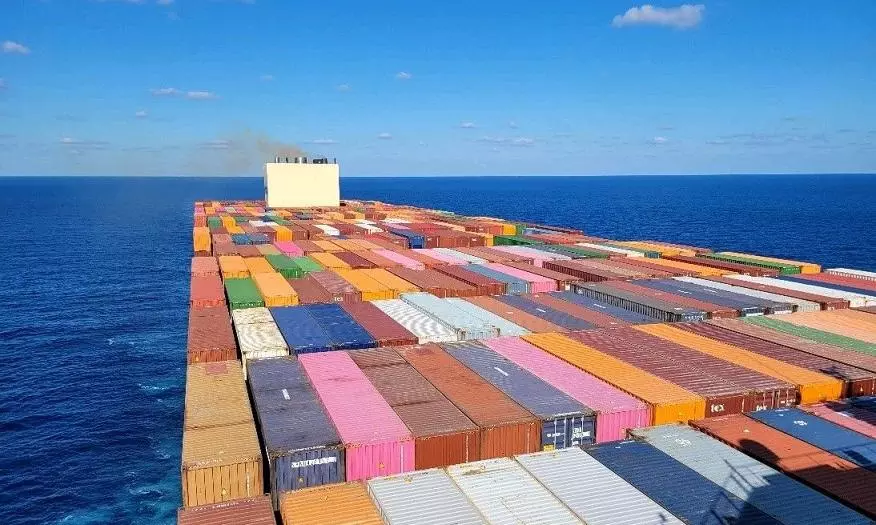
After more than two years of rising rates and overstretched capacity, the rapidly cooling ocean freight market looks set to be "extremely challenging" in 2023, according to Oslo-based Xeneta.
“In-depth analysis of the latest real-time ocean and air freight rates, combined with expert trend forecasts, suggests that ocean freight volumes could fall by as much as 2.5 percent, rates will fall significantly, and weak demand will lead to more ship idling.” ”said the latest update.
The air freight market, analysts predict, will also face a turbulent year, the update said.
From surging to historic highs during the global pandemic, ocean freight rates have fallen since the summer – and, in the case of spot rates, dramatically. "Xeneta's market report, built on the crowd-sourced data of the team of leading global shippers, suggests there will be no course change before 2023 with a challenging macroeconomic and geopolitical outlook undermining confidence."
Patrik Berglund, CEO of Xeneta says: “The cost of living crisis is eating away at consumer purchasing power, leaving little appetite for imported containerized goods. With no sign of a global panacea to remedy that, we expect we volumes of sea freight." fall, possibly by about 2.5 percent, but if the economic situation continues to deteriorate, it could be even more.
Coupled with falling volumes, we have a growing global fleet, with a nominal inflow of 1.65 million TEU in capacity. Some demolition work will dampen that growth, but we still expect a 5.9 percent increase in capacity. Even if the number of demolition work doubles compared to our current level." of expectations, the industry would still be looking at nearly 5 percent growth."
The result, says Berglund, is overcapacity, which means more asset downtime. “From a current position of next to nothing, Xeneta predicts idling up to 1 million TEU or maybe even more,” says Berglund.
The cocktail of weak demand, falling volumes and an increase in capacity will inevitably have a negative impact on rates, says Berglund. “We expect significant reductions. Carriers have proven adept at protecting and increasing rates during Covid, but with overcapacity and easing port congestion on most major trade routes, they will lose the battle in 2023. Some key corridors are falling in the in the first half of 2023 to below pre-pandemic levels, while long-term interest rates will fall rapidly as older, expensive contracts expire and new, much lower rates are signed in the first half of 2023.
Berglund underlines the complexity of the challenges facing the industry, with economic uncertainty, geopolitical concerns ("not just regarding Ukraine"), ongoing trade union action in supply chains, China's continued zero-Covid policy and the combination of weak demand , less congestion and more freight capacity.
"But as we've seen in recent years, predictions are almost impossible to make in an increasingly fast-paced world, so there may be unknowns waiting in the wings to affect the markets."
If the industry has learned anything in recent years, it's that planning for the unthinkable "what if" should be top of mind, Berglund added.
Automotive Body Coach Building
Hydraulic & Pneumatic Equipment
Industrial & Shipping Containers, Barrels And Drums
Insulators, Insulation Material & Accessories
Mechanical Power Transmission Tools And Accessories
Miscellaneous Automobile Parts, Components & Equipment
Miscellaneous Electrical & Electronic Items
Ship & Marine Tools, Equipment & Accessories